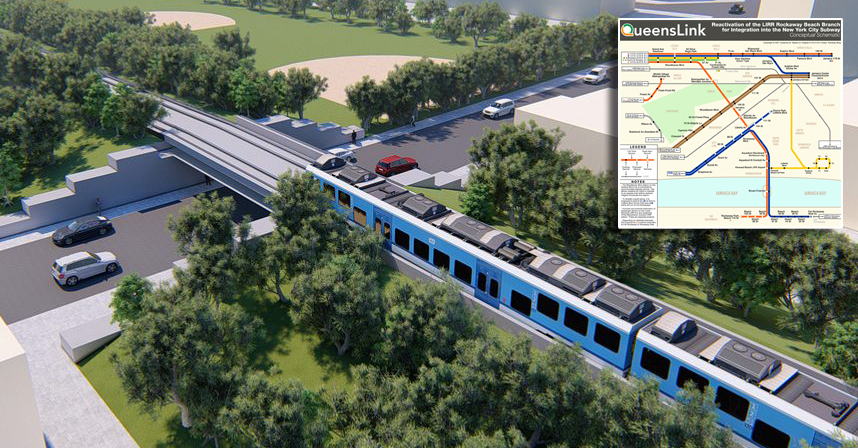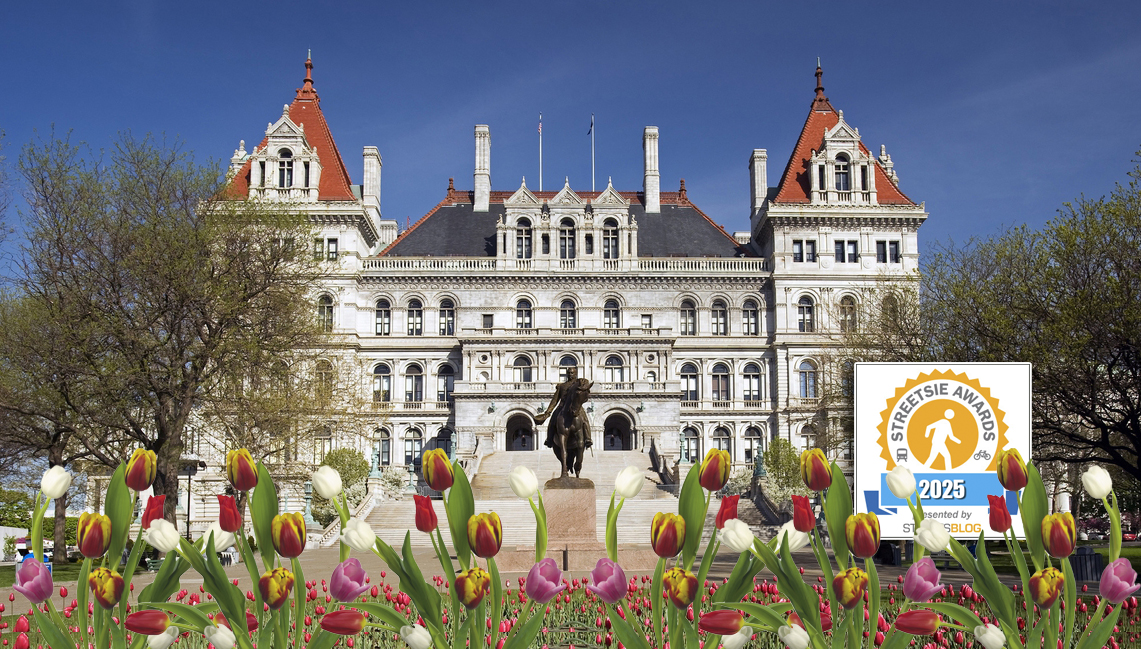Former Transportation Secretary Mary Peters, who served for eight years in George W. Bush's DOT, sat down with Streetsblog Capitol Hill this week to urge that Congress add a dedicated funding stream of $1 billion each year for transportation technology to the next long-term infrastructure bill.
Since leaving office, Peters has transitioned to private consulting work in her home state of Arizona and joined the board of directors at Aldis, a Tennessee-based traffic management company.
Alids' GridSmart program, a panoramic camera that captures vehicles and pedestrians at intersections and helps "smartly" synchronize traffic signals accordingly (see the above video), would stand to gain if Congress heeds Peters' advice and directly funds transportation technology.
Peters acknowledged that her proposal for the next infrastructure bill would help Aldis, but she described the billion-dollar dedicated funding as an opportunity for states and cities to choose their own high-tech solutions for traffic management. "This is a great application," Peters said of the GridSmart, "but there are others out there."
The House's original version of the 2005 transportation bill, which was recently extended for another month amid political wrangling, included $3 billion over five years for technological upgrades, also known as "intelligent transportation." But that money was removed from the legislation during conference talks with the Senate, Peters noted, leaving states without federal help with modernizing their congestion management.
The annual $1 billion fund Peters is backing would be distributed to states by formula, but state DOTs would have to report back to Washington on how effectively their technological investments were meeting specific performance targets. (For more on Peters' support of a federal role in setting transportation standards, see Part I of the Streetsblog interview.)
What standards does Peters think should be used to judge state DOTs' technological upgrades? Decreased delay time, but also safety for drivers as well as pedestrians. On that issue, the GridSmart program would also get a leg up -- Aldis' cameras have the ability not just to lengthen green lights for a row of trucks, but also to extend red lights so a large volume of pedestrians could cross a street without being trapped on the sidewalk.
Peters said she could also see states being asked to use their transportation technology money on better road pricing systems, such as the traffic management cameras that were installed as part of Miami's federally funded I-95 HOT lanes.
The House's current draft of a new long-term infrastructure bill does not include dedicated money for transport technology, but "intelligent transportation" is not without its congressional allies; Rep. Russ Carnahan (D-MO) has founded a caucus that focuses on the issue. And the likely delay in taking up the next long-term bill could end up giving Peters and Aldis more time to press their case.





